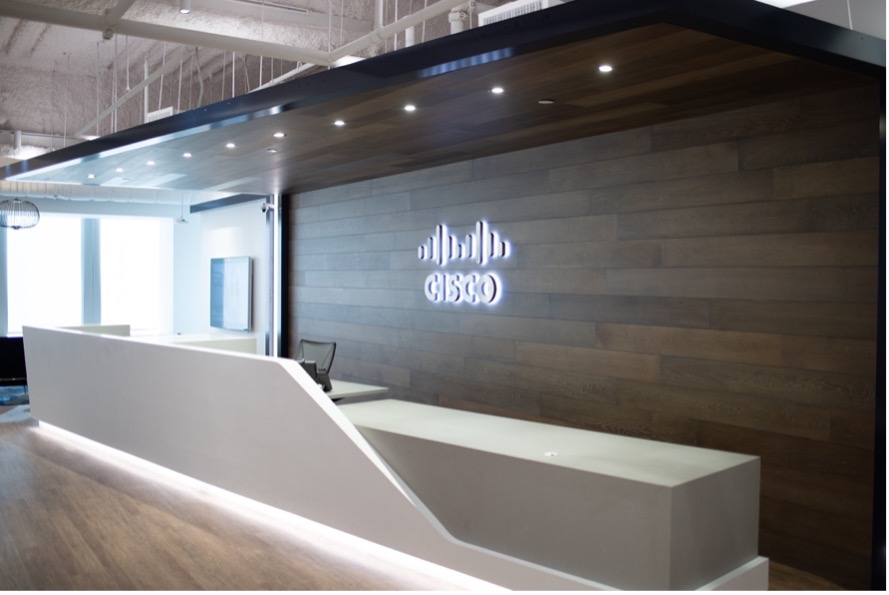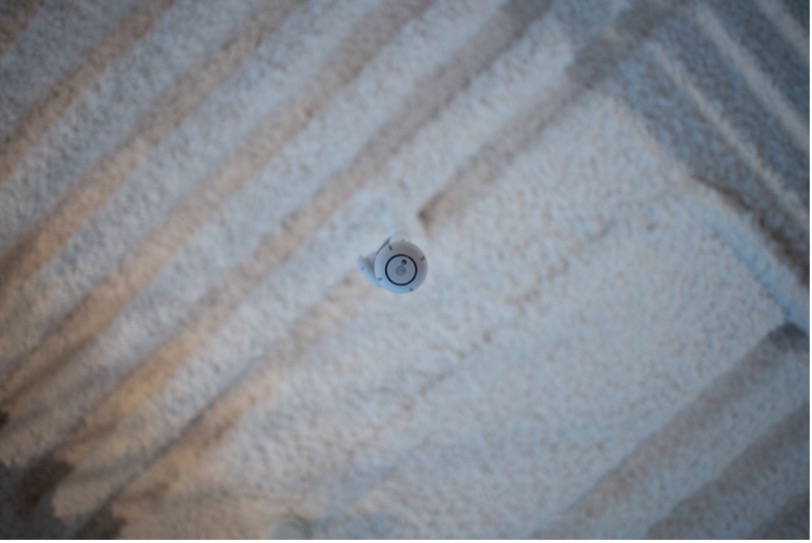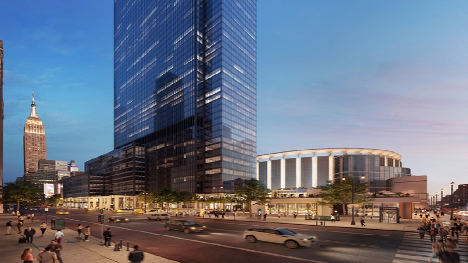The pandemic has directed the way we work for the past two years, and it has brought its challenges and opportunities for Cisco IT. We were forced to invert a largely in-person model to a model that was mostly remote. We pivoted quickly, and upgraded our networking solutions to handle a new security posture that accounts for employees inside and outside the network perimeter.
As soon as we pulled employees from offices during the beginning of the pandemic, we started envisioning our return-to-office scenario. Partnering with our Workplace Resources, Engineering and Local Sales teams, we defined and deployed a stronger, more flexible portfolio of workplace solutions. As it is estimated that 98 percent of business meetings will include remote participants even post-pandemic, it is imperative that our solution strategically mixes in-office and remote work to create unique opportunities for our customers and employees.
One of these opportunities is in our Cisco Collaboration Centers. By stepping back during the pandemic and taking the time to plan a new work experience for our employees after return to office, we were able to redesign and rethink the way we work. Instead of a focus on the where, the focus is on the work.
Our recently announced Collaboration Centers in San Jose, Atlanta, Chicago and New York act as a showcase for demonstrating these new capabilities. These Collaboration Centers — apart from being beautiful — look to take on three areas: a more sustainable work environment, a digitally transformed office, and a comfortable, safe and inspiring environment for customers and employees to meet.
Sustainability in Smart Buildings
The exercise of leaving the office and stepping back from everyday operational activities provided the Customer Zero team with a unique opportunity. We were able to reimagine what a workplace could look like with an emphasis on environmental social governance.
With thousands of employees cleared out of the offices, we were able to look at the offices as skeletons, and pivot to a focus on ‘doing good.’ This environmental-first strategy includes stated net neutral targets and timelines that align with SEC measurement requirements.
Our New York City Collaboration Center is targeting LEED gold certification, with Universal Power Over Ethernet capabilities including USB-C Adoption and Low Voltage Connected desks. The building was redesigned to be powered by Catalyst 9000 switching, access points, and 90W PoE technology. As a result of our technology-first redesign powered with PoE technology, we have removed thousands of pounds of steel conduit and copper and seen a reduction of tons of megawatts in energy. These efforts have impacted more than our sustainability goals — they will directly impact operational expenses annually from reduced energy.
 PoE technology welcomes every visitor who walks into Penn1, as all lights in the lobby — including the ones illuminating the Cisco logo — are powered with PoE.
PoE technology welcomes every visitor who walks into Penn1, as all lights in the lobby — including the ones illuminating the Cisco logo — are powered with PoE.
We are excited about pioneering “smart” Collaboration Centers as a model that customers and partners can follow. With the New York City legislation Local Law 97 that requires an 80 percent carbon reduction by 2050, it is important that we stay ahead-of-the-curve and provide models that can be replicated as we work together to fight climate change.
A digital transformation of the traditional office building
At Penn One in New York City, our team used technology as the base, and built the building’s architecture around it. This way, we can use technology and data to unlock the true value of space. When planning the space, our approach was ‘you can’t manage what you can’t measure.’ Every part of the building was designed only once we realized how we could measure and optimize its performance.
The outcomes we defined as most important to measure were occupancy, space utilization — the building is 54,000 square feet(!) — indoor air quality, energy usage, and security in the form of 92 video endpoints. Previously, all of these were discreet systems working in silos. By connecting them, we can gather intelligence. For example, we can correlate occupancy and environmental data with temperature and humidity, and automatically adjust smart blinds, lighting, and HVAC settings in response to this correlation. Ultimately, this improves the user experience and keeps our operating and capital expenses down.
Integration with Building Management Systems (BMS) can unlock other exciting capabilities. This integration is bi-directional. Imagine using air quality and temperature data from sensors (in lights, collaboration endpoints, or standalone) to signal the BMS to change temperature or the air exchange rate to suit the number of occupants in an individual room. Alternatively, the BMS could leverage messaging through digital signage or collaboration endpoints to communicate important site data. The possibilities are limitless.
 Occupancy sensors integrate with environmental data to adjust ambient light.
Occupancy sensors integrate with environmental data to adjust ambient light.
Universal Power over Ethernet (UPoE+) is the convergence of sustainable business solutions with hybrid solutions. UPoE+ eliminates siloed networks, and powers, connects, and secures the building. The benefits of UPoE+ are as practical for operations managers as they are for the average employee. Smart desks reduce the number of tethered connections down to one, giving the space a clean, modern feel.
One of the most exciting parts of the Cisco Collaboration Centers is that they are not static. We are actively looking for opportunities to continuously update and improve the buildings. As our technology progresses, we will add features including window films that change opacity and generate power depending on the external weather.
Center for customers/employees
Finally, Collaboration Centers are locations where customers and employees can come together in beautiful settings. Cisco has found that employees want a workplace that enables them to achieve their best — and our responsibility is to support and enable them, however and wherever they work. Efficiency, health, and comfort are our ultimate goals for employees, which is why we’ve built a DNA Spaces 3D Interactive Map that combines real-time meeting room availability with environmental data and other helpful information like occupancy rates and ambient noise levels.
Our Customer Zero team knows that, for great ideas to flourish, we must provide inspiring, collaborative spaces for bright minds to come together. We’re anxious in anticipation for the buzz of ideas that will be born at these centers. And, of course, we can’t wait to continue sharing the stories —how these ideas turn into new products — with you.
Follow Cisco IT on social!
This content was originally published here.




Leave a comment